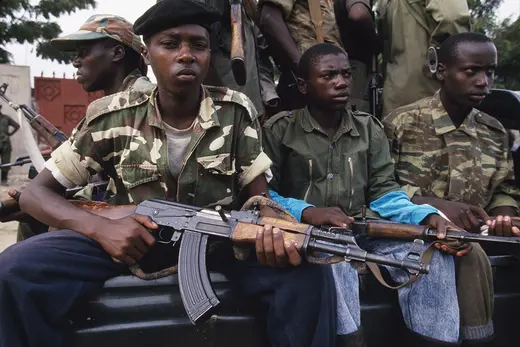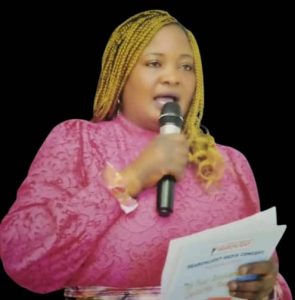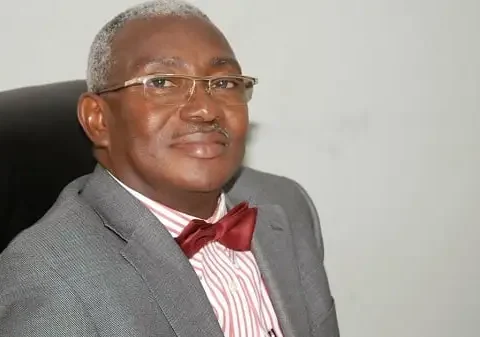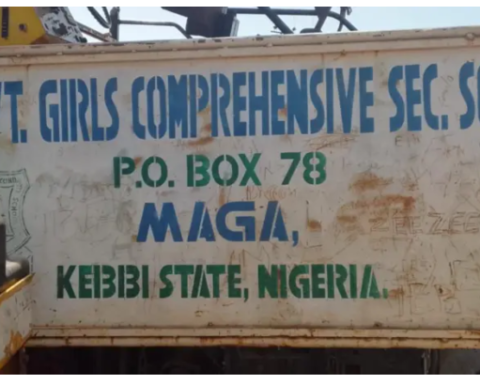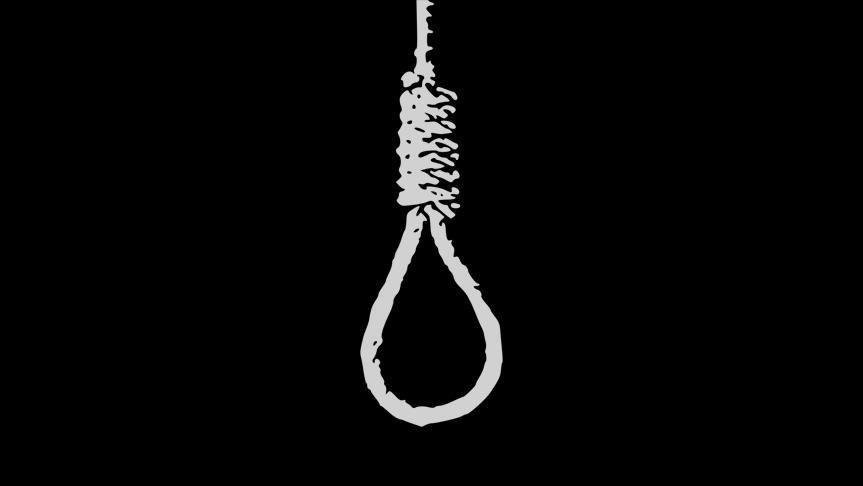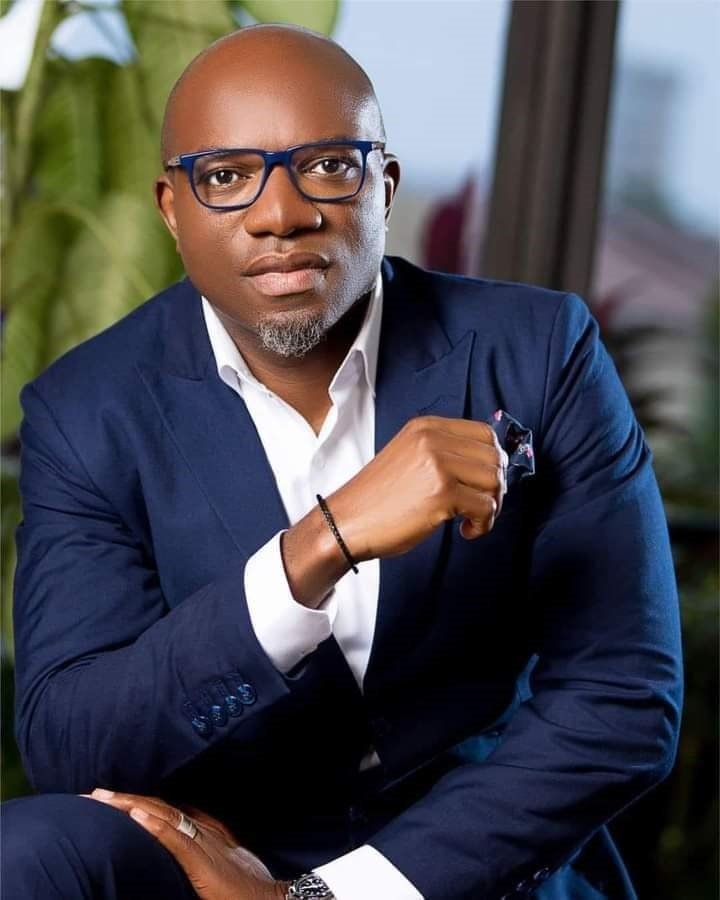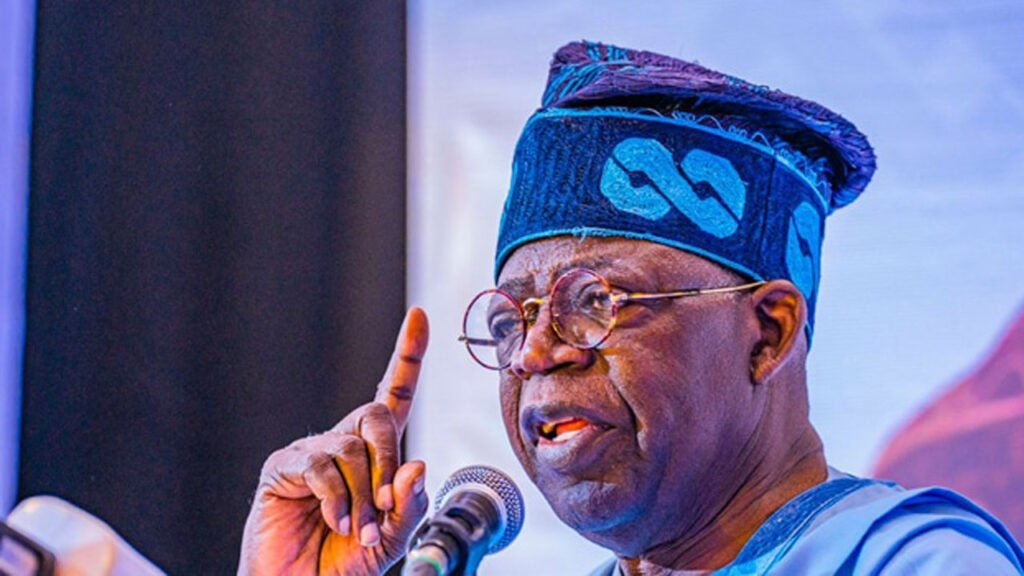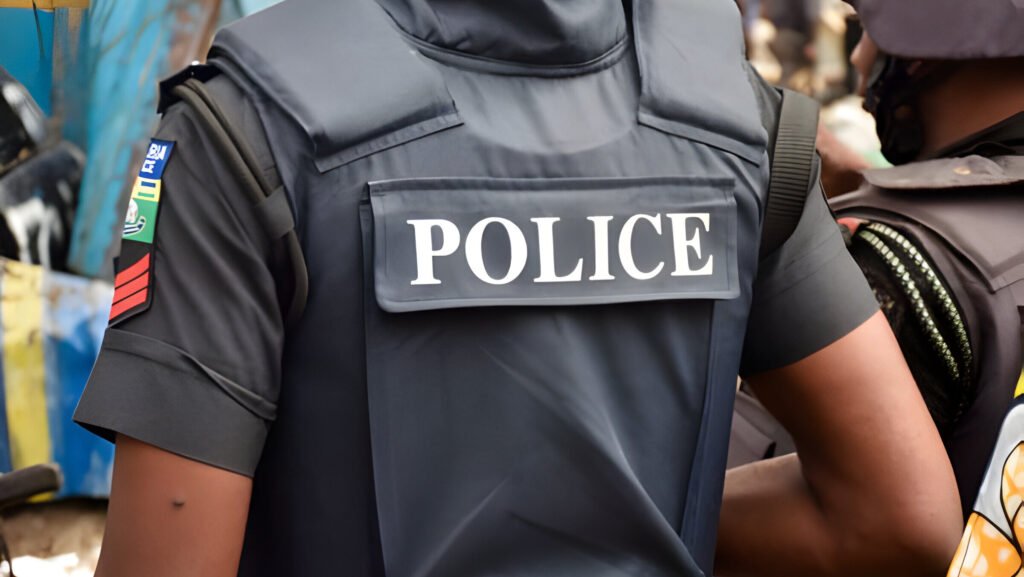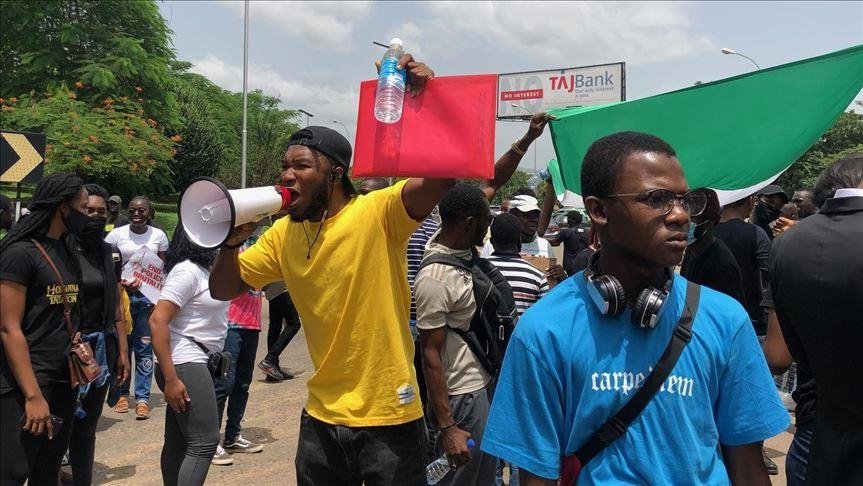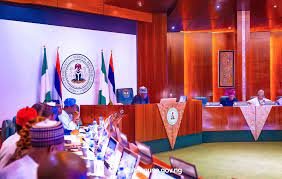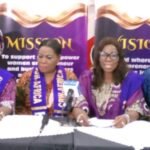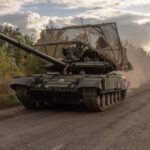As fighting rages in the eastern part of the Democratic Republic of Congo (DRC), the regimes in Kinshasa and Kigali are engaged in an information war that gives pride of place to myth and intoxication.
Rwanda can count on its digital army on social networks, and the DRC on a few influencers, starting with conspiracy essayist Charles Onana.
But is the conflict in eastern Congo a dangerous drama waiting for a spark that will rekindle the ethnic divisions of the past that eventually led to the gruesome death of millions of people?
The Second Congo War and its aftermath caused an estimated 5.4 million deaths, primarily due to disease and malnutrition, making it the deadliest conflict since World War II, according to a 2008 report by the International Rescue Committee.
The war initially erupted when then Congolese president Laurent-Désiré Kabila (rebel and politician who served as the third President of the Democratic Republic of the Congo from 1997 until his assassination in 2001) turned against his former allies from Rwanda and Uganda, who had helped him seize power.
Eventually, the conflict expanded, drawing in nine African nations and approximately 25 armed groups, making it one of the largest wars in African history.
Analysts think that the conflict in the Democratic Republic of Congo raises a possibility: That there are 7 million people displaced by violence – the third-high total in the world after Sudan and Syria, according to the UN–but it is presented as too complex, with dozens of armed groups fighting for a myriad of reasons, often very local.
That for many in the West, it is also “too African,” too peripheral to the interests of the superpowers. This leads to some sobering statistics: over the past year, the U.S. daily The New York Times published 53 articles on the Congo, compared with 3,278 on the Ukraine.
The conflict in this Central African country was not the subject of a single story on Fox News.
For those affected by the violence, the images are of course etched in their memories. Sontag, writing in the wake of the September 11, 2001 attacks, feared that images of violence do not unite, but divide; that they do not arouse disgust at war, but a desire for revenge.
The contradictory narratives surrounding the Congolese conflict, instrumentalized by demagogues, illustrate his point. These narratives, often seen as propaganda or conspiracies spread by outsiders, shape decision-making and violence on the ground.
On the Congolese side, a popular shortcut is to blame Rwanda for the violence in the east. As President Félix Tshisekedi recently declared, “One thing is responsible for this situation, and that is Rwandan aggression.”
During the 2023 election campaign, at the end of which he was re-elected, he launched into a public diatribe: “I want to address Rwandan President Paul Kagame, to tell him this: since he wanted to behave like Adolf Hitler by having expansionist aims, I promise him that he will end up like Hitler.”
Similar hyperbole can be found across the border in Rwanda. President Paul Kagame accuses his counterpart of propagating the ideology of the 1994 genocide against the Tutsis (which left 1 million dead in three months) and that the M23, an armed group composed mainly of Congolese Tutsis, is simply fighting to protect its community.
Although Kagame has denied supporting the M23 (though this has been confirmed by several United Nations (UN) investigations), he has also made it clear that he doesn’t need anyone’s permission to send troops across the border to protect his fellow citizens from Rwandan rebels peddling the ideology of genocide.
“We are ready to fight,” he told the press, “we are not afraid of anything.”
It’s easy to find fault with both accounts. Kagame can’t be held responsible for all the overlapping and interlocking conflicts in his neighbour, but, on the other hand, it’s dishonest to assert that Rwandan rebels in Congo, which include fugitive genocidaires who formed the bulk of the leadership of the Democratic Forces for the Liberation of Rwanda (FDLR) in 2000, still pose an imminent threat to Rwanda. And yet, these stories work because they strike a chord.
They resonate deeply in both countries, as the war is not only happening on the battlefield. It is also on social networks and in the collective consciousness.
The Cardinal of Kinshasa, Fridolin Ambongo, accused Rwanda of “expansionist ambitions” and “systematic plundering” of Congolese resources.
Singer Fally Ipupa, one of the DRC’s biggest stars, declared he would no longer perform in Rwanda. Congolese doctor Denis Mukwege, winner of the 2018 Nobel Peace Prize, called on Western donors to sanction Rwanda.
In a survey carried out in 2022, 77 per cent of Congolese questioned felt that Rwanda was responsible for the conflict in their country.
As for Rwanda, it’s clear that the ruling party feels unjustly accused. “Rwanda will never hesitate or apologise for protecting the security of its people,” declared Paul Kagame.
While it is difficult to gauge popular opinion in such an authoritarian country – and while the government often disseminates its views through a digital army on social networks.
Thirty years after the genocide, no fewer than 25 per cent of the population – and even more among the survivors of the genocide against the Tutsis – suffer from post-traumatic stress disorder (PTSD).
Congolese resentment of Rwanda has deep roots. In 1994, during the genocide against the Tutsis in Rwanda, 1 million refugees crossed the border into the DRC (then Zaire).
Among them were elements of the Rwandan army defeated by the Rwandan Patriotic Front (RPF), as well as infamous militias such as the Interahamwe (made up of civilians), responsible for the massacres during the genocide.
Two years later, in 1996, the new Rwandan government, led by Paul Kagame (re-elected for a fourth term on July 15, 2024 with more than 99 per cent of the votes cast), took the lead in a coalition of neighboring countries which, together with a coalition of Congolese rebels, the Alliance des forces démocratiques pour la libération du Congo (AFDL), dismantled the refugee camps and put an end to Mobutu Sese Seko’s thirty-two-year reign.
This coalition was followed by a series of Rwandan-backed insurgencies: the RCD, the CNDP, and, more recently, the M23.
Each of these rebellions has drawn on Congolese Hutu and Tutsi communities, and each has engaged in widespread human rights violations, often with the declared aim of defending these communities.
These abuses, alongside the humiliation of suffering repeated foreign invasions, have left deep scars.
Real material interests help to fuel these rebellions, such as the exploitation of mineral resources, but the violence has also been fuelled by narratives with a strong dose of demagogy and historical revisionism. (Reuters).
